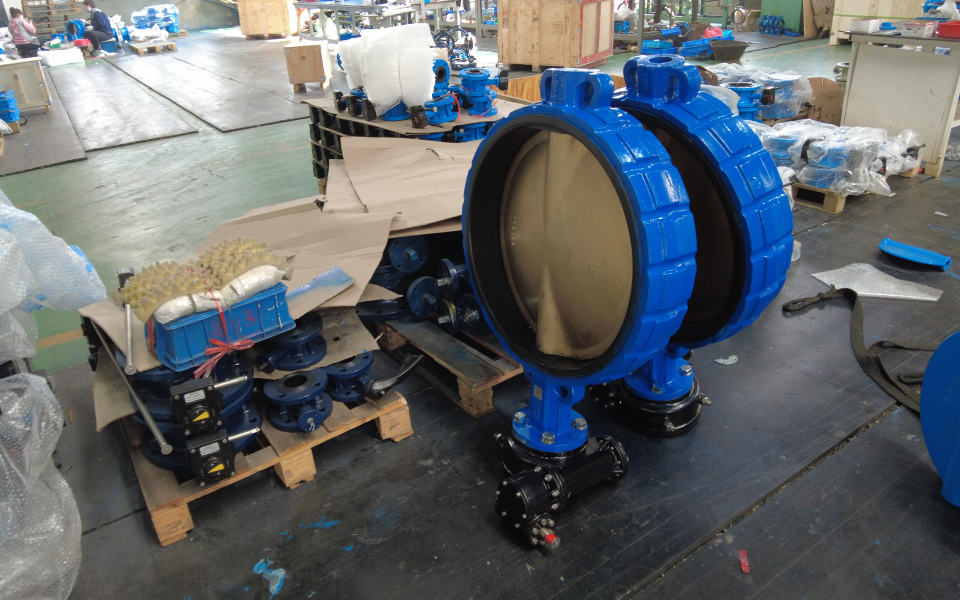INDUSTRY NEWS
Butterfly valve type structure and principle
The butterfly valve is a kind of valve that is used to open, close and adjust the fluid channel by rotating the disc type opening and closing part about 90 degrees.
Butterfly valve has simple structure, small size, light weight, material consumption, small installation size, and small driving torque, simple and rapid operation, and can also have good flow coupling function and close sealing characteristics, is one of the fastest developing valve varieties in recent years.
The original butterfly valve was a simple, loosely closed flapper valve. It is usually used as a flow regulating valve and a damping valve in water piping systems.
With the application of chemically resistant synthetic rubber on the butterfly valve, the performance of the butterfly valve has been improved. Because synthetic rubber has the characteristics of corrosion resistance, erosion resistance, stable size, good resilience, easy to form, low cost, etc., and can be selected according to different use requirements of different properties of synthetic rubber to meet the working conditions of the butterfly valve, so it is widely used in the manufacture of butterfly valve lining and elastic seat.
Because polytetrafluoroethylene (PTFE) has strong corrosion resistance, stable performance, not easy to age, low friction coefficient, easy to form, dimensional stability, and can also be filled by adding appropriate materials to improve its comprehensive performance, get better strength, lower friction coefficient of butterfly valve sealing material, to overcome some limitations of synthetic rubber, Therefore, the polymer polymer material represented by polytetrafluoroethylene and its filling modified material have been widely used in the butterfly valve, so that the performance of the butterfly valve has been further improved, and the butterfly valve has a wider range of temperature and pressure, sealing performance and service life.
In order to meet the requirements of high and low temperature, strong erosion, long life and other industrial applications, the metal sealed butterfly valve has been greatly developed in the past ten years. With the application of high temperature resistance, low temperature resistance, strong corrosion resistance, strong erosion resistance, high strength alloy materials in butterfly valves, metal sealed butterfly valves have been widely used in high and low temperature, strong erosion, long life and other industrial fields.
When the butterfly valve is fully opened, it has a small flow resistance, and when it is opened between about 15° and 70°, it can carry out sensitive flow control, so the application of the butterfly valve is very common in the field of large-diameter regulation, and will gradually become the dominant valve type.
Because the movement of the butterfly valve plate is wipeable, most butterfly valves can be used in media with suspended solid particles, and can also be used in powder and granular media depending on the strength of the seal.
The sealing principle of the butterfly valve, the valve plate processing to ensure that the sealing surface has a suitable surface roughness value, the synthetic rubber seat in the die forming form a suitable surface roughness value of the sealing surface. When the valve is closed, the outer round sealing surface of the valve plate squeezes the synthetic rubber seat through the rotation of the valve plate, so that the elastic deformation of the synthetic rubber seat is formed and the elastic force is used as the sealing pressure to ensure the sealing of the valve.

